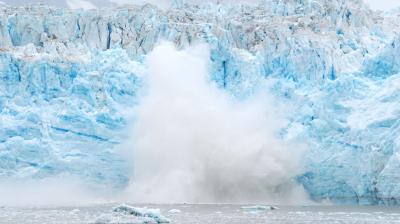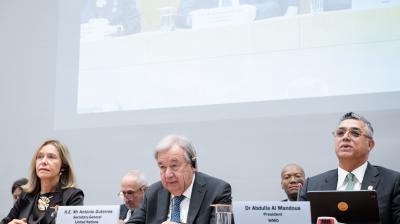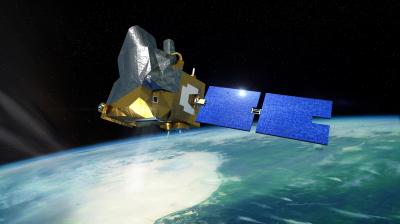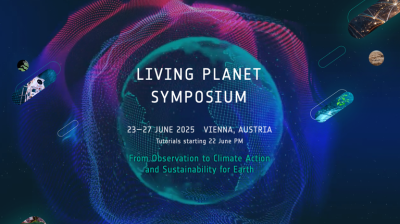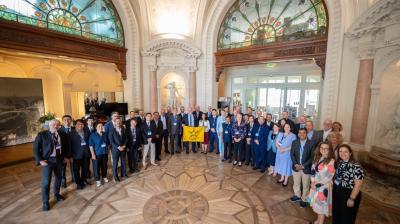Global Greenhouse Gas Watch (G3W)
The World Meteorological Congress has approved a new global greenhouse gas monitoring initiative that aims to support WMO Members in mitigation actions undertaken to implement the Paris Agreement.
The WMO Global Greenhouse Gas Watch (G3W) fills critical information gaps and provides an integrated, operational framework that brings under one roof all space-based and surface-based observing systems, as well as modelling and data assimilation capabilities in relation to greenhouse gas monitoring.
It aims at addressing the urgent need for information that helps to understand the impact of mitigation actions taken by the Parties to the United Nations Framework Convention on Climate Change (UNFCCC) and the Paris Agreement on the state of climate. Such information will be produced in a timely manner and will take into consideration both human and natural influences on the levels of greenhouse gases in the atmosphere.
G3W builds on WMO’s experience in coordinating international collaboration in weather prediction and climate analysis and on long-standing activities in greenhouse gas monitoring and research under the authority of the Global Atmosphere Watch established in 1989 and its Integrated Global Greenhouse Gas Information System.
Many of the existing international and national activities dealing with greenhouse gases are supported mainly by the research community and rely on the availability of research funds. G3W provides a platform for timely international exchange of surface and space-based greenhouse gas observations and modelling products.
In its initial set-up the Global Greenhouse Gas Watch will deliver the following products:
- Monthly CO2 net fluxes between the Earth surface and the atmosphere with 1° x 1° horizontal resolution delivered with maximum a delay of one month,
- Monthly CH4 net fluxes between the Earth surface and the atmosphere with 1° x 1° horizontal resolution delivered with a delay of one month,
- 3-Dimensional fields of CO2 and CH4 abundance with hourly resolution and data latency to be defined (tentatively on the order of a few days), and
- N2O abundances and net fluxes with resolution and latency still to be defined.
These products will enable production of a broad spectrum of tailored data services for specific user communities.


